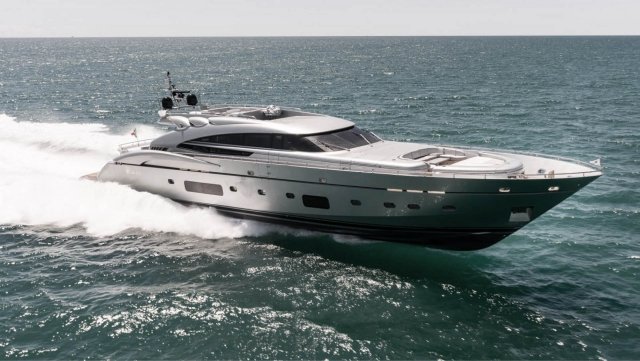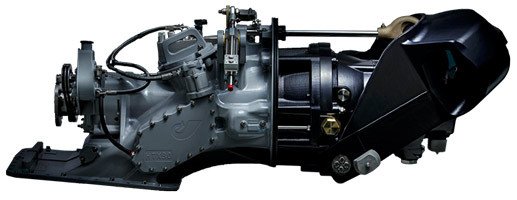Hippocampus
Guru
- Joined
- Jul 27, 2020
- Messages
- 3,915
- Location
- Plymouth
- Vessel Name
- Hippocampus
- Vessel Make
- Nordic Tug 42
If trading stories.
Friend runs and occasionally charters a Henriques 38 with twins. Had a charter and was running to the canyons on plane. Went over nylon netting with steel cables along edges. Nylon melted. Cables ruined props to point of needing replacement. Cutlasses as well and one transmission. Expensive day.
Crossing gulf of Maine in a GB twin. Well offshore. Calm night with sea like glass. Owner running the boat. Loud bump. One engine gone. Would run in neutral but not if in gear. Got towed. Maine water is cold. Made no attempt to dive. At haul out a thick wood pole (?telephone? fence?other) was wedged so neither prop could turn nor rudder the owner told me.
The northeast is littered with traps of all sorts. People use black used oil containers, floats so dirty you can’t pick a color to describe them. They’re in marked channels and way offshore. Add in fish weirs, nets and traps there’s a lot of stuff to miss. Turn one way there’s another in front of you. Even on single screw have gotten snagged once or twice. Often no good way to turn as even with two watching out as you get into the field or chain too close at hand. Also there’s occasions you have no choice but to dodge through the field. Single screw go to neutral and slide over. No hurt no foul. Sometimes more problematic with twins.
Friend runs and occasionally charters a Henriques 38 with twins. Had a charter and was running to the canyons on plane. Went over nylon netting with steel cables along edges. Nylon melted. Cables ruined props to point of needing replacement. Cutlasses as well and one transmission. Expensive day.
Crossing gulf of Maine in a GB twin. Well offshore. Calm night with sea like glass. Owner running the boat. Loud bump. One engine gone. Would run in neutral but not if in gear. Got towed. Maine water is cold. Made no attempt to dive. At haul out a thick wood pole (?telephone? fence?other) was wedged so neither prop could turn nor rudder the owner told me.
The northeast is littered with traps of all sorts. People use black used oil containers, floats so dirty you can’t pick a color to describe them. They’re in marked channels and way offshore. Add in fish weirs, nets and traps there’s a lot of stuff to miss. Turn one way there’s another in front of you. Even on single screw have gotten snagged once or twice. Often no good way to turn as even with two watching out as you get into the field or chain too close at hand. Also there’s occasions you have no choice but to dodge through the field. Single screw go to neutral and slide over. No hurt no foul. Sometimes more problematic with twins.
Last edited:



